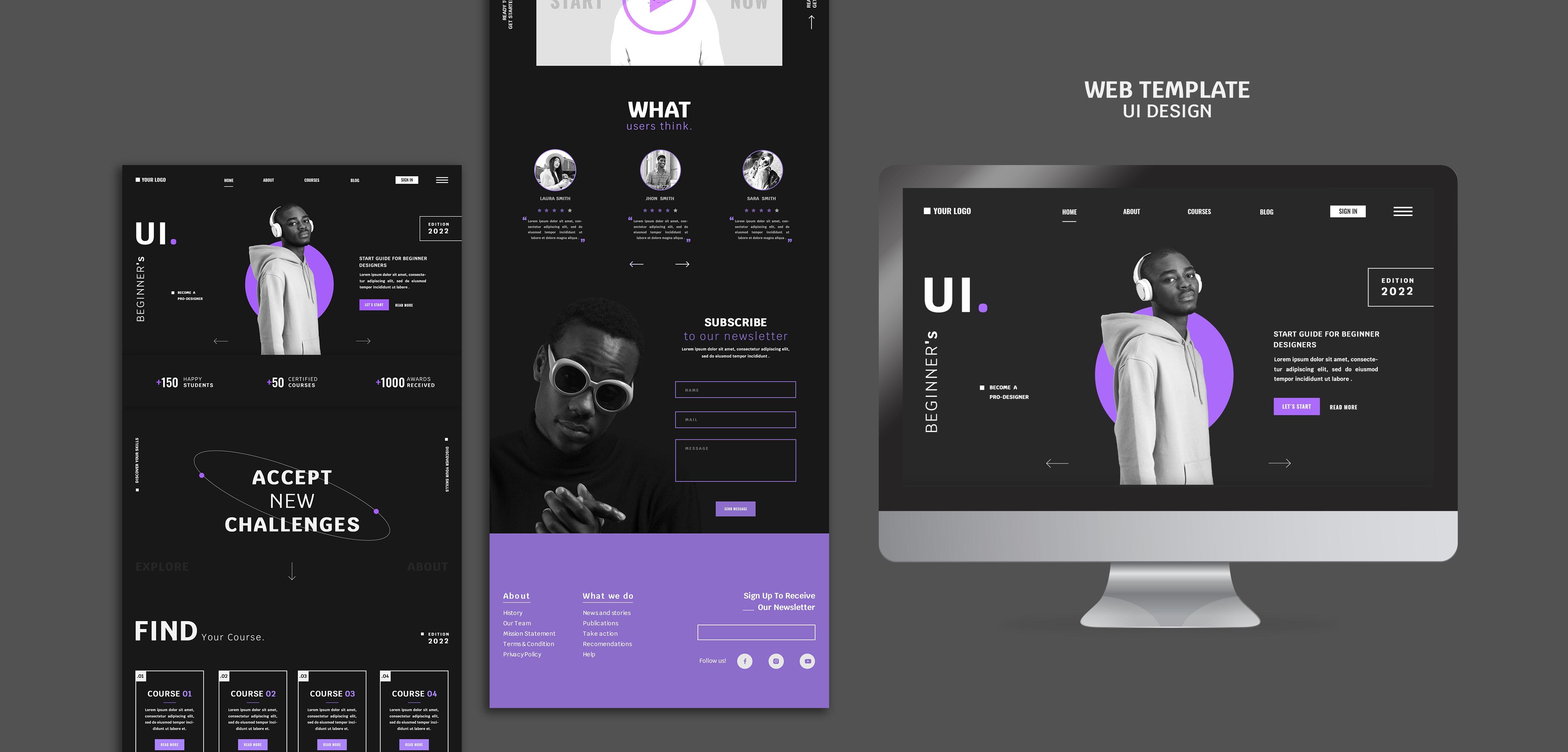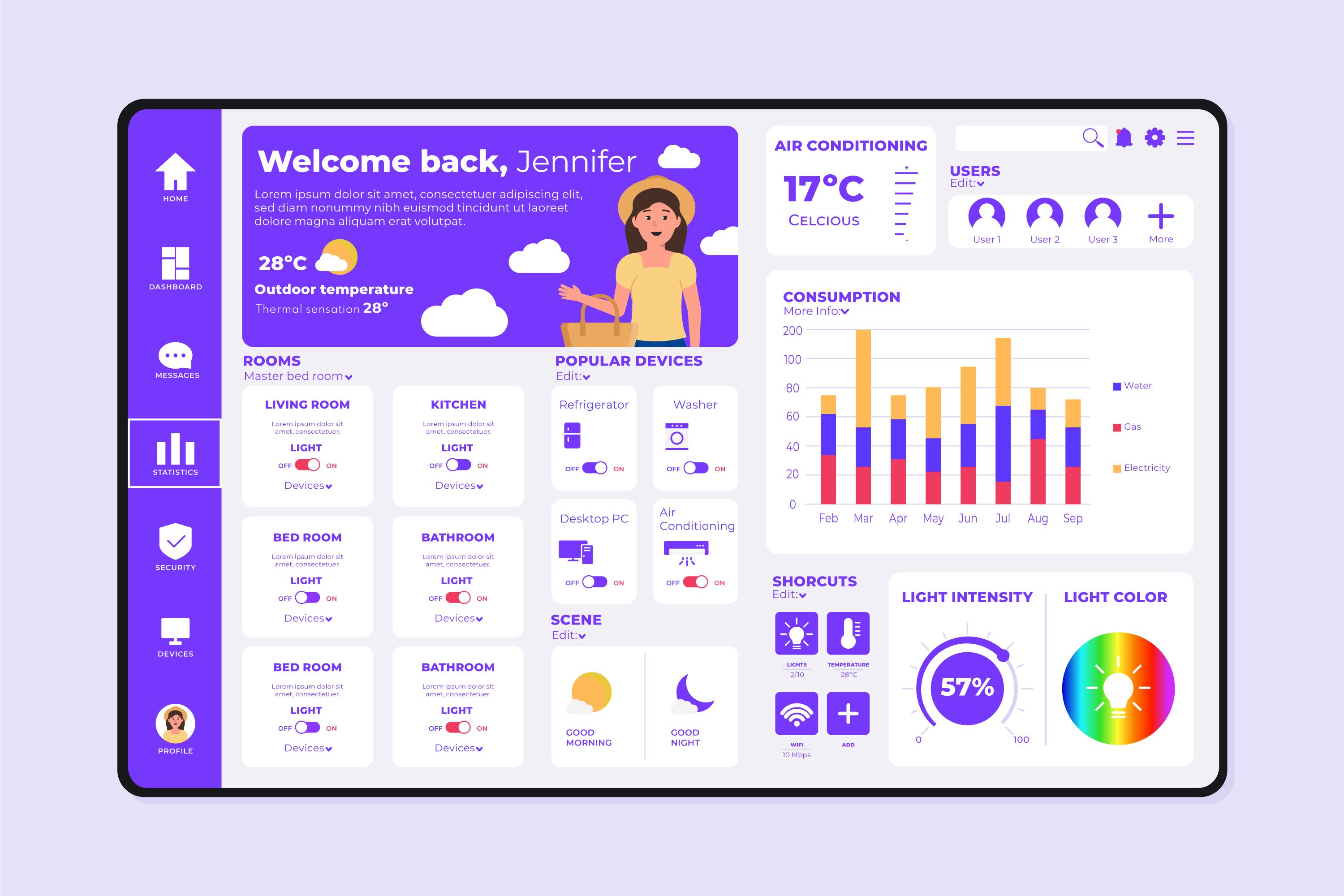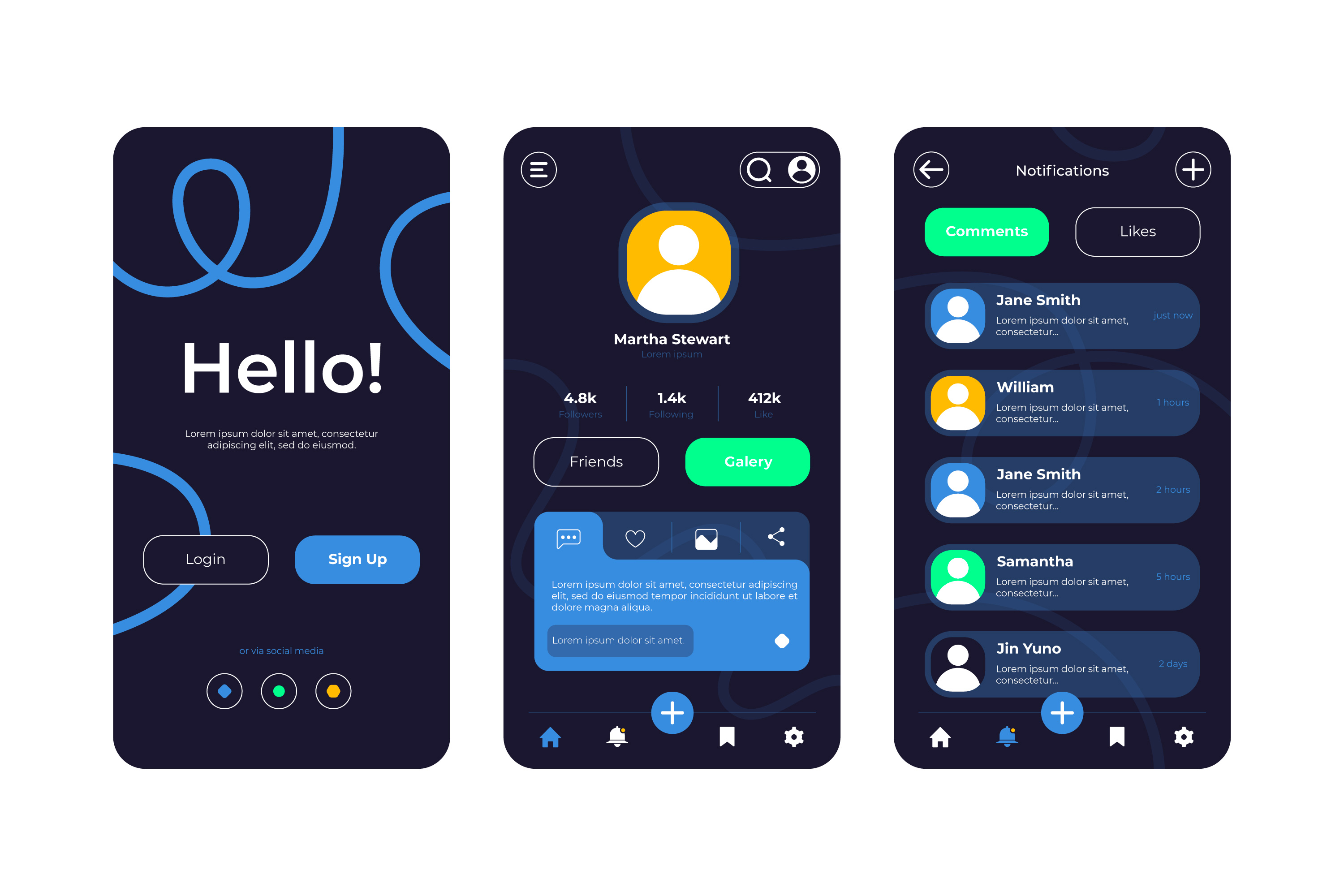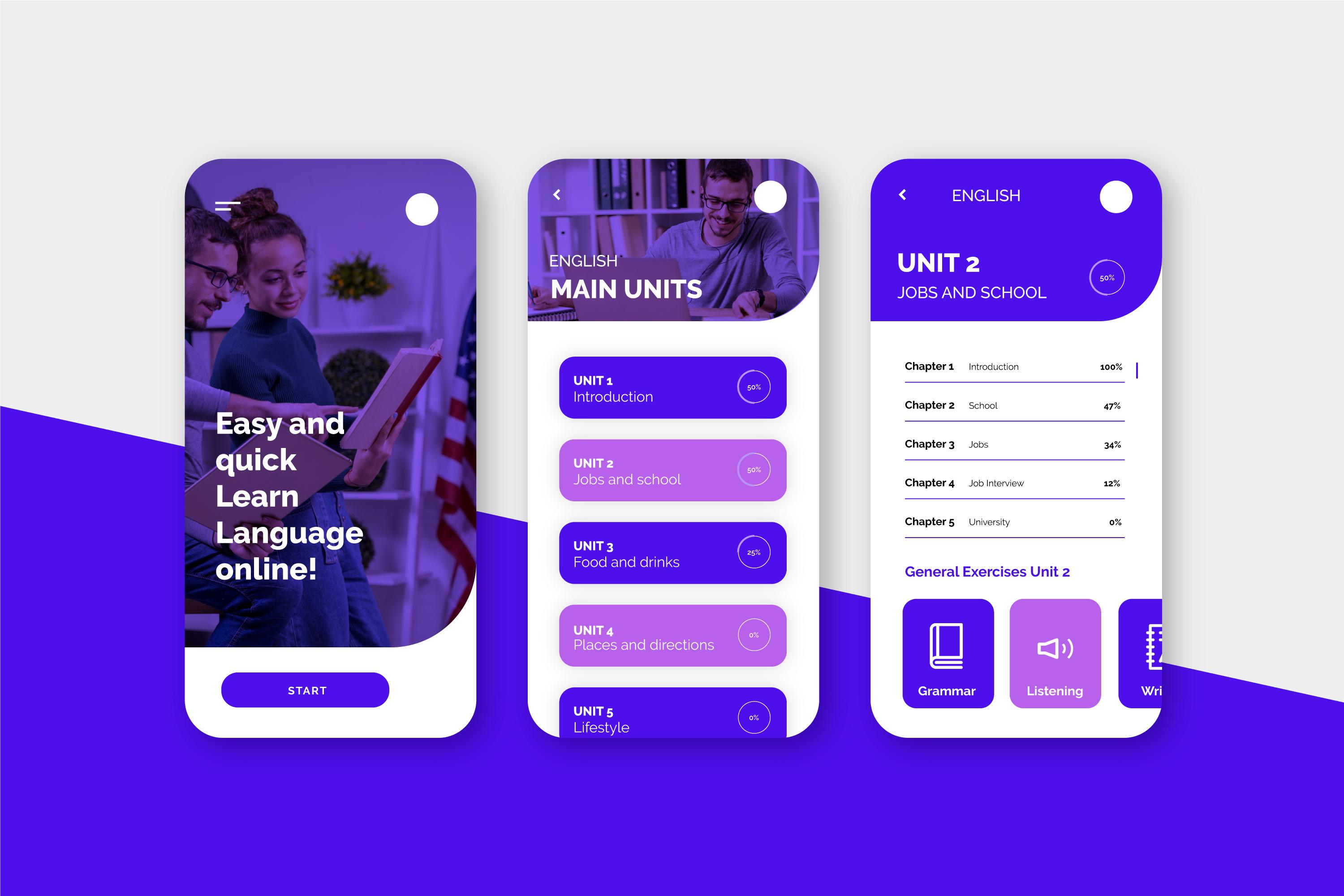
5 Portfolio Projects That Will Impress Recruiters
Build 5 standout coding projects that impress recruiters — ideal for bootcamp grads and junior devs creating a job-ready portfolio.
5 Portfolio Projects That Will Impress Recruiters (for Bootcamp Grads)
If you’re applying for your first tech job, your portfolio speaks louder than your resume.
At the junior level, hiring managers don’t expect years of experience, but they do want to see how you think, how you code, and whether you can build something useful. A polished project portfolio is often the deciding factor in whether you get an interview.
Whether you're wrapping up a coding bootcamp, finishing school, or self-teaching through online resources, these five project ideas are designed to show your best skills and stand out to recruiters.
1. Full-Stack Web App with User Authentication

📌 Why It Works
This type of project demonstrates that you can work across the full stack, handling both client-side and server-side code. Even better, it shows that you understand how to build real-world features like login forms, password protection, and CRUD functionality.
These are must-haves in almost every web-based product. So when a recruiter sees this in your portfolio, they know you’re already working with the tools they use on the job.
💡 Example Ideas
Habit Tracker – Tracks streaks, includes daily check-ins and charts
Budget App – Lets users input income and expenses, visualizes totals
Recipe Book – Allows saving, tagging, editing, and sharing favorite meals
🔧 Skills You’ll Show Off
Front-end framework (React, Vue, or Angular)
RESTful APIs, back-end routing (Express, Flask)
Authentication (JWT or OAuth)
Database work (MongoDB, PostgreSQL)
✅ Recruiter Tip
Add a live demo, a GitHub repo, and a clear README. Include a short Loom or YouTube walkthrough so recruiters can watch your app in action.
Want to build a full-stack app like this, with expert support? Check out our Full-Stack Coding Bootcamp, where you'll learn front-end, back-end, and authentication from the ground up — and graduate with real projects that recruiters love.
2. Data Visualisation Dashboard

📌 Why It Works
Turning raw data into clean, interactive visuals is a core skill in many tech jobs, especially data analysis, front-end development, and product work. Dashboards highlight your ability to organise information and think about user needs.
If you’re leaning toward data science or data analytics, this is one of the best coding projects for your resume.
💡 Example Ideas
COVID-19 Tracker – Pulls real-time data from public APIs and shows case trends
Sales Dashboard – Upload CSVs, filter by date or region, and generate charts
Sentiment Monitor – Scrapes tweets or Reddit posts and shows mood shifts
🔧 Skills You’ll Show Off
Charting tools (Chart.js, D3.js, Plotly)
APIs and data fetching (fetch/Axios + async handling)
UI/UX layout skills
Data cleaning (Pandas, SQL, or JavaScript logic)
✅ Recruiter Tip
Use real-world datasets. Summarise your insights in a short PDF or embedded dashboard write-up. Bonus points if you explain your chart choices or design thinking.
3. AI-Powered Chatbot or NLP App

📌 Why It Works
AI and natural language processing are quickly becoming expected knowledge, even at junior levels. Building a small chatbot or AI-driven tool shows that you’re thinking ahead and working with tools that are shaping the future of tech.
Even if you’re not aiming for a machine learning job, a project like this can make your coding portfolio for a junior developer stand out.
💡 Example Ideas
Resume Review Bot – Upload a resume and get structured feedback using OpenAI
Mental Health Assistant – Chatbot that detects tone and responds accordingly
Book TL;DR Generator – Scrapes and summarizes chapters using NLP tools
🔧 Skills You’ll Show Off
APIs like OpenAI, Hugging Face, or Cohere
Python frameworks (Flask, FastAPI)
NLP tools (spaCy, NLTK)
Front-end integration (React, HTML forms)
✅ Recruiter Tip
Explain the choices behind your prompts or models in your README. Many junior devs just show the end product — you’ll stand out if you share your process.
4. Mobile App (React Native or Flutter)

📌 Why It Works
Most coding portfolios are web-only. If you can show a working mobile app, you instantly rise above the noise, especially for product-focused or cross-platform roles. Recruiters love seeing devs who can build outside the browser.
Plus, app stores are a great place to showcase your work and collect feedback.
💡 Example Ideas
Mood Journal – Track emotions with emojis, include calendar view
Workout Timer – Set intervals, audio cues, and workout history
QR Scanner App – Scan event tickets, store logs, and check people in
🔧 Skills You’ll Show Off
React Native or Flutter
Mobile UI components and navigation
Native APIs (camera, GPS, notifications)
Firebase/Firestore or local data storage
✅ Recruiter Tip
Include screenshots, App Store/Play Store links, or a screen-recorded demo. Be sure to mention if you used Expo, Firebase, or any CI/CD tools for deployment.
5. Open Source Contribution or API Mashup App

📌 Why It Works
Contributing to open source shows you can work in other people’s codebases, understand real-world development workflows, and collaborate with devs outside of a bootcamp or classroom. That’s huge.
If contributing sounds intimidating, you can also build something creative with multiple public APIs — it shows initiative and originality.
💡 Example Ideas
Open Source Contribution – Fix a bug, improve docs, or add a new feature to a GitHub repo
API Mashup App – Combine Spotify + News API + Weather to create a “Mood Sync” playlist app
🔧 Skills You’ll Show Off
GitHub collaboration: branches, pull requests, issue tracking
Working with unfamiliar code and documentation
REST API integration
JSON handling and async logic
✅ Recruiter Tip
Write a blog post, case study, or LinkedIn article summarizing what you contributed, why it mattered, and what you learned. That story builds trust.
What Makes a Great Coding Portfolio?
Having projects is great — but how you present them matters just as much.
Here’s what the best portfolios have in common:
1. 3–5 Polished Projects
No need for 10 half-finished ideas. Choose a few that show different skills and are 100% functional.
2. Clean Code & Good Commits
Organized files, meaningful commit messages, and readable code show professionalism.
3. Detailed README
Include:
What the project does
Tech stack used
Key challenges solved
Instructions for running locally
Links to live demo + walkthrough video
4. Visuals Matter
Add screenshots, demo links, and gifs. Recruiters might not clone your repo — but they’ll click on visuals.
Bonus: Write About One Project
Turn it into a blog post, tweet thread, or LinkedIn article. That helps others find your work — and gives you a chance to explain your thinking.
Impress with Projects That Tell a Story
Your portfolio is your loudest proof that you’re ready for the job.
Projects let you show what you know, what you’re curious about, and how you think through real challenges. They’re your way of saying, “I can do this” — without needing a long job history.
Whether you want to work in front-end development, full-stack engineering, data analytics, or even AI, strong, well-presented projects get attention.
🚀 Want guidance while building your portfolio? Our project-based bootcamp helps you graduate with a polished, job-ready portfolio — complete with expert reviews, feedback, and support. Explore our programs and start building today.
You may also like
Cloudflare Meltdown Again: 20% of The Internet Is Down alongside Notion & LinkedIn
Cloudflare has a global service disruption that took nearly 20 percent of the internet offline. Millions of users were suddenly met with 500 Internal Server Errors, and major platforms stopped responding. Essential services such as npm, LinkedIn, Stack Overflow, Canva, Claude, Perplexity, and Clerk all went down at the same time, creating a chain reaction across the digital world.
AI-powered Coaching on LinkedIn is Transforming the Job Search Landscape
LinkedIn offers an AI-powered coaching feature within LinkedIn Learning and other AI-driven tools to assist with career development, job searches, and skill building. Explore how AI mentorship on LinkedIn is reshaping job searches, offering personalized guidance and innovative tools.
Building Assistive Healthcare Apps with GPT-4o's Voice and Vision
Explore how GPT-4o's voice and vision capabilities are revolutionizing assistive healthcare apps. Discover the essential steps to create impactful tools that enhance patient communication and diagnostic precision, paving the way for improved accessibility in the healthcare system.


